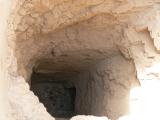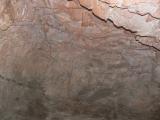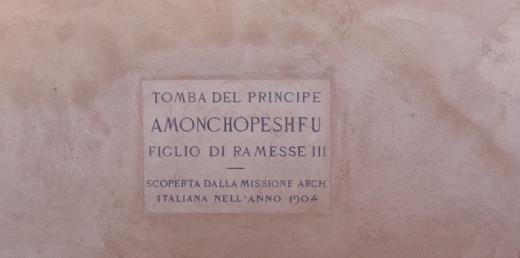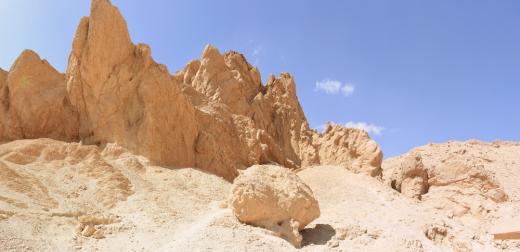QV 77
Anonymous*
About
About
QV 77 is a single-chambered shaft tomb on the north side of the visitor path in the main Wadi. The shaft entrance has a modern, cemented masonry surround with a metal grill.
Elizabeth Thomas mentioned that little could be learned about this tomb during her early 1960s investigations. It was cleared by the Franco-Egyptian Mission in 1986. Based on the archaeological material recovered at that time, it appears that, like QV 76, the tomb was constructed during the 18th Dynasty and then reused during the 21st/22nd Dynasty, as well as during the Roman period.
Site History
Dating
This site was used during the following period(s):
Exploration
Conservation
Site Condition
According to the GCI-SCA, the tomb appears to be in good condition despite fracturing of the reddish colored ceiling and rear chamber rock, presumably the result of fire. Trash littered the floor of shaft and tomb at the time of the GCI-SCA assessment. One bat was observed by the GCI-SCA in the chamber in October 2007, as well as a mud wasp nests and a gecko. The tomb opening is in a location susceptible to flooding, though no evidence of previous flooding was noted.

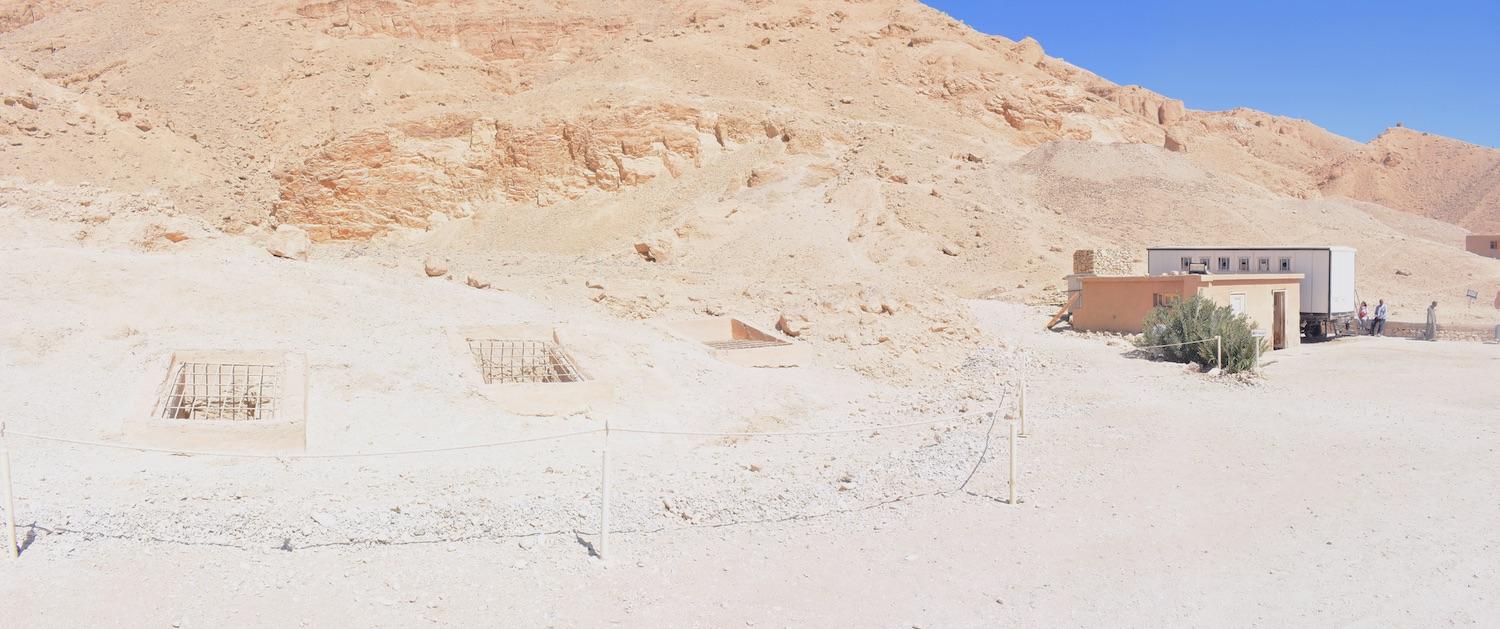
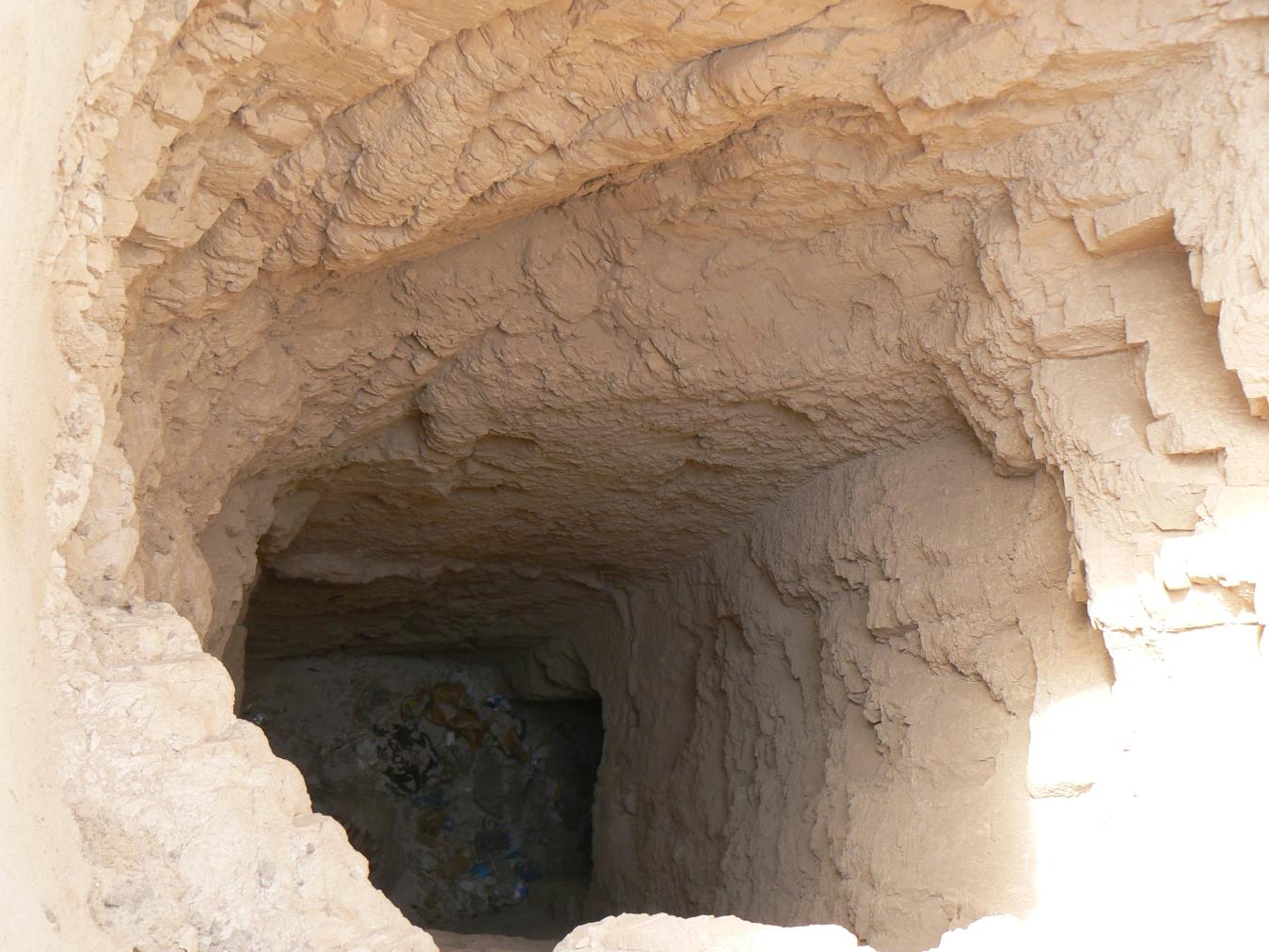
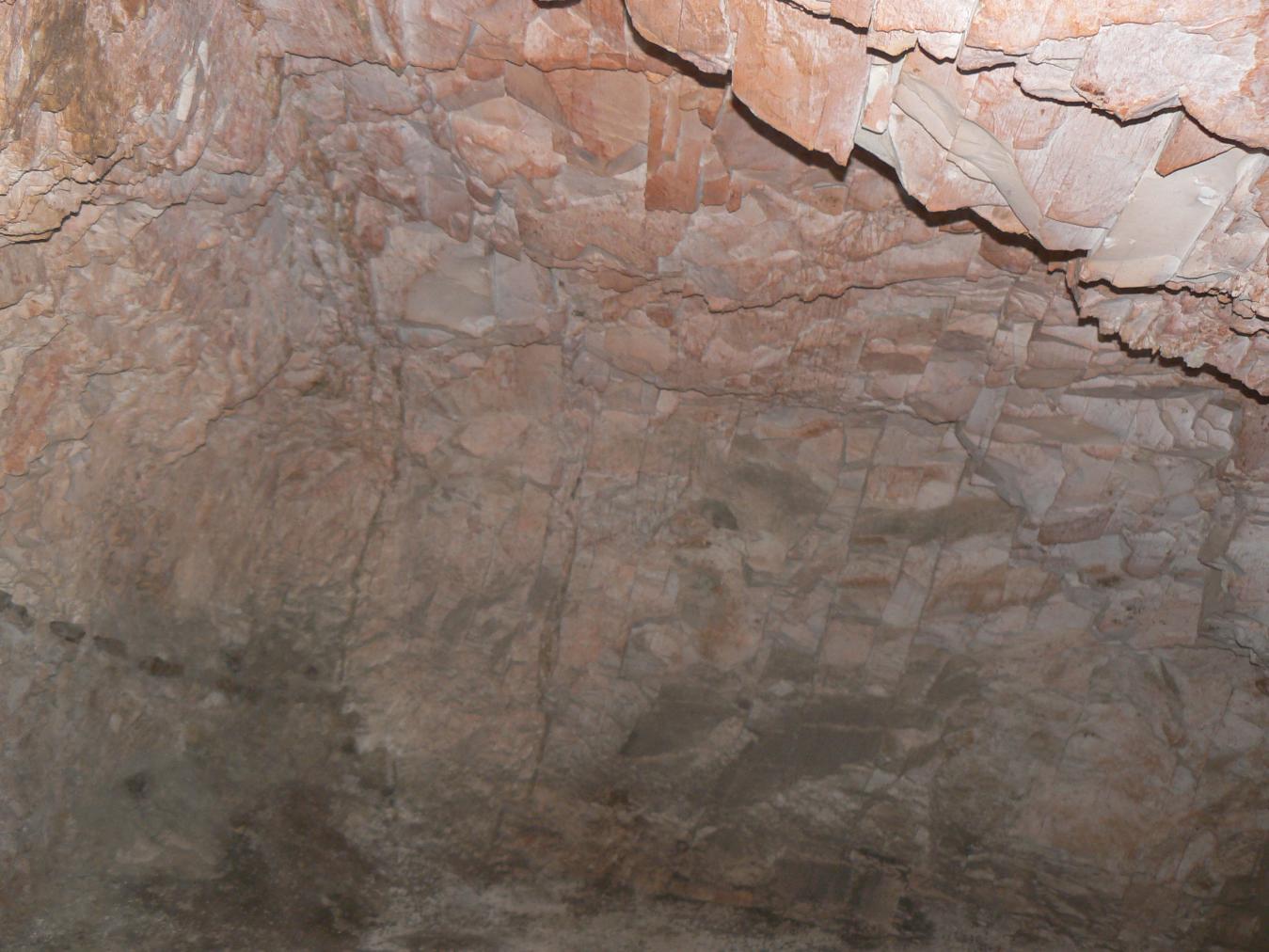
Articles
Tomb Numbering Systems in the Valley of the Queens and the Western Wadis
Geography and Geology of the Valley of the Queens and Western Wadis
Bibliography
Aston, D.A. The Theban West Bank from the Twenty-fifth Dynasty to the Ptolemaic Period. In: Nigel Strudwick, and John H. Taylor (Eds.). The Theban Necropolis: Past, Present and Future. London: British Museum, 2003: 138- 63.
CNRS mission report: Centre national de la recherche scientifique (France). Rapport d'activité 1987-1988 URA no. 1064, 1987-1988.
Demas, Martha and Neville Agnew (eds). Valley of the Queens. Assessment Report. Los Angeles: The Getty Conservation Institute, 2012, 2016. Two vols.
Thomas, Elizabeth. The Royal Necropoleis of Thebes. Princeton: privately printed, 1966.



